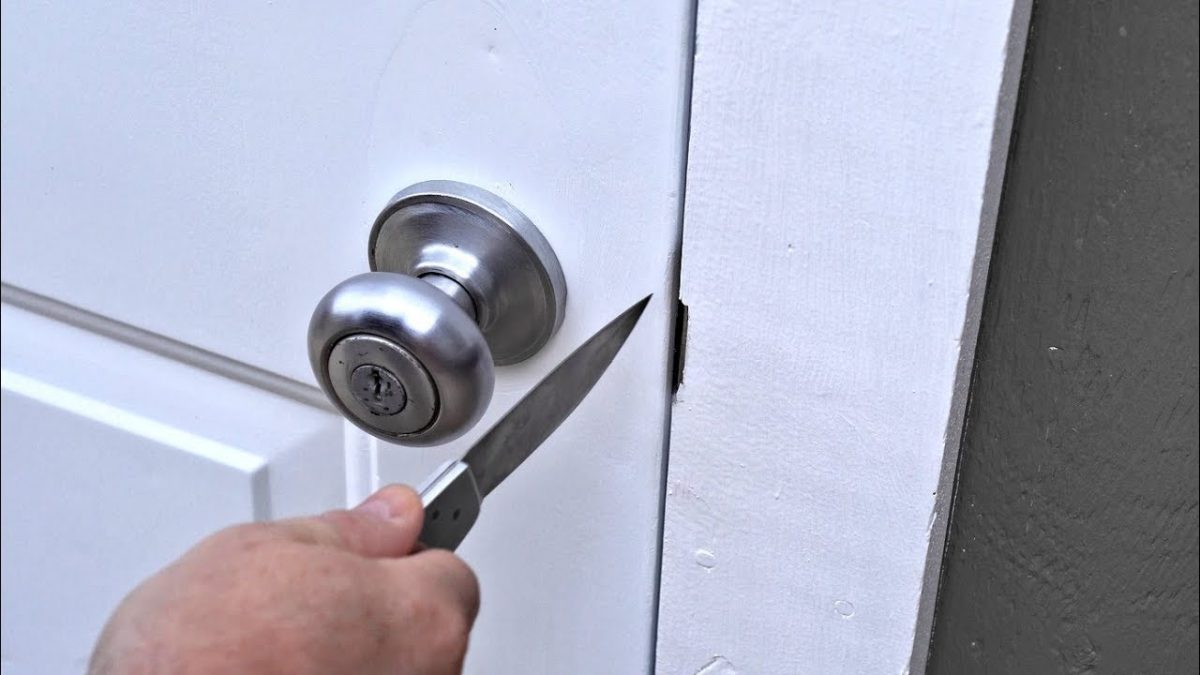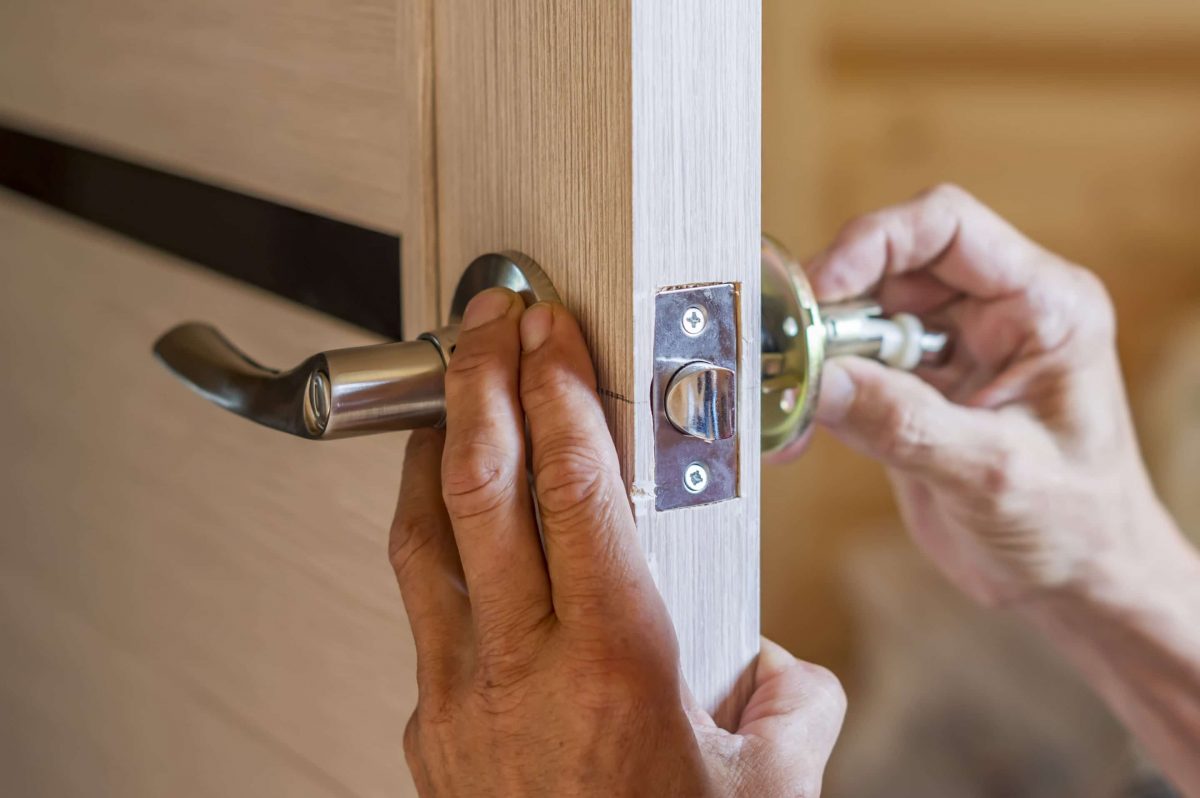Many have questioned whether and how to pick a lock with a knife. The answer is yes, with the right tool structure and the right method. The trick to picking a lock is that you manipulate the tiny components inside the lock through the tiny keyhole, a task that requires a great deal of dexterity and precision that ordinary knives cannot provide. In this guide, we’ll walk you through some unique lockpicking tricks with a knife, step-by-step, and how they work. You can buy enough Lock Picking Set at barhomevip.com.
How to Open a Locked Door with a Knife
What tools are needed to pick the lock?
Knives are a simple instrument to have because they are commonplace in the home. A Swiss Army Knife, which is frequently carried by people, can be useful in certain circumstances. Knives aren’t the best approach, though, as the majority of them are significantly bigger than the keyhole or the base of the lock. However, this does not render them completely useless.
Torque wrench locking method
This is how locks are traditionally picked: all it takes is a pull wrench to provide rotational torque, followed by the use of a pick to move the pin. However, in this technology, the knife serves in both capacities. All you need to mess with the pin mechanism is a knife with a blade that is smaller than the keyhole. Here, the keyhole pin will be swung back into position and unlocked using the knife.
Perform the following steps for this method:
Knife Insertion: Push the knife’s tip into the lock until you can feel it making contact with the lock’s rear.
Apply rotating force to the knife in the same way you would a key; doing so prevents the pins from engaging.
Shake your knife now by swinging it back and forth; after a few tries, the action between the pin and the knife should cause the lock to release.
If the lock doesn’t open right away, try again while handling it delicately.
Auxiliary of another tool
The torque wrench and locking procedure will once more be used in this way. But this time, in addition to some additional items like credit cards, paper clips, safety pins, bobby pins, or genuine locks, you’ll be utilizing a knife as a turning tool. Make sure to leave space for other tools to be inserted by only inserting the knife’s tip into the doorknob lock’s slit.
Here’s the step-by-step process for this technique:
Apply rotating force to the knife as you carefully enter it into the keyhole’s bottom.
Add your tool next, insert it, and jerk it out while pushing down on the pin. The “tensioning” technique has the goal of applying pressure on the pin.
If the clasp doesn’t impart rotational force after 4 to 5 zippers, reset the clasp and proceed with the next zipper.
That concludes the efficient and dependable method of picking a lock with a knife. While a regular knife is obviously not the best tool for the job, it is also not the worst, either. To view our variety of Lock Picking Kit, visit barhomevip.com.


